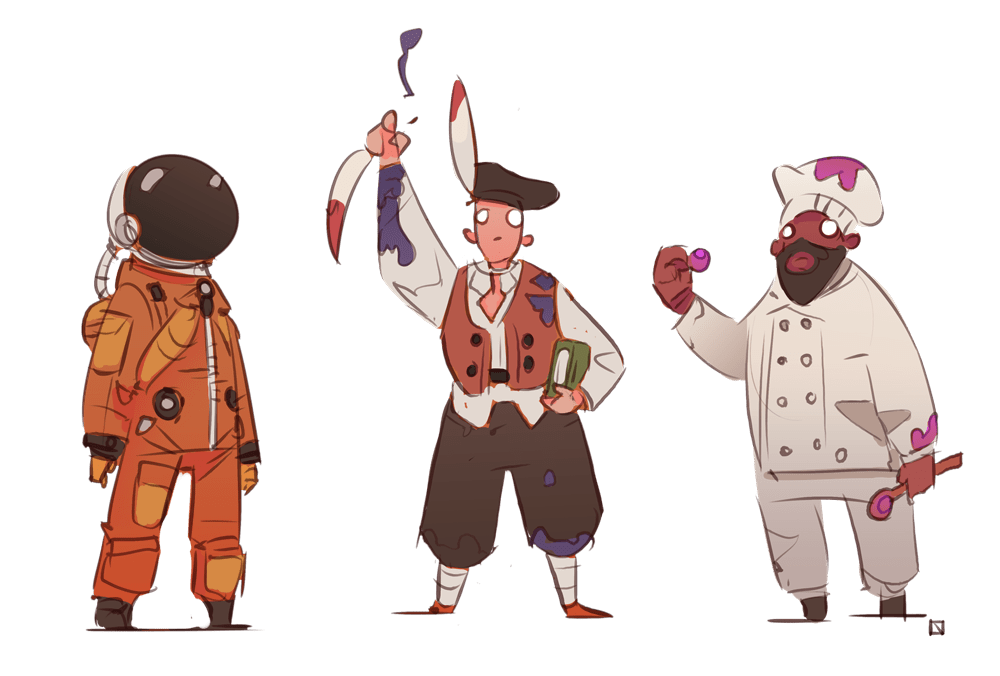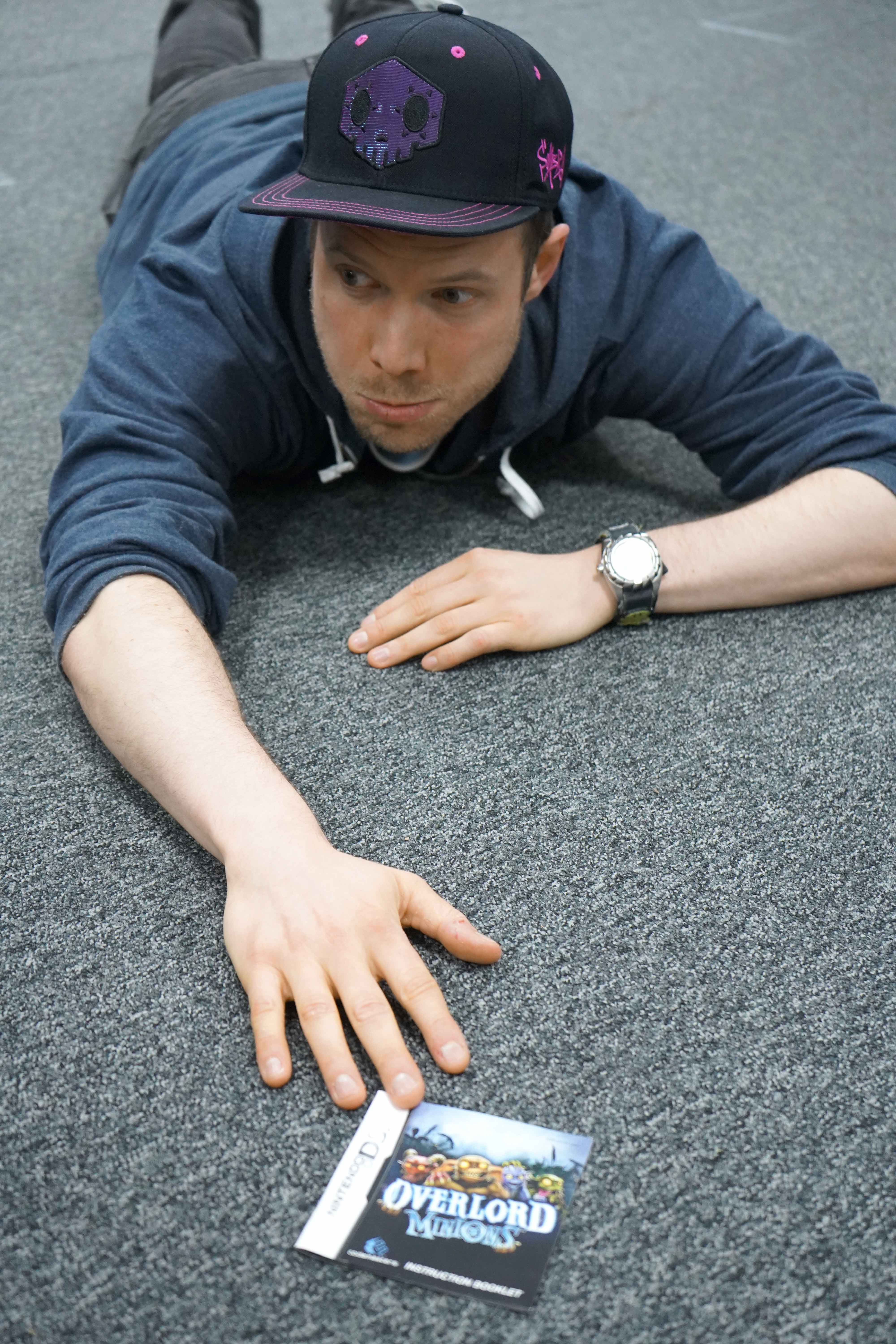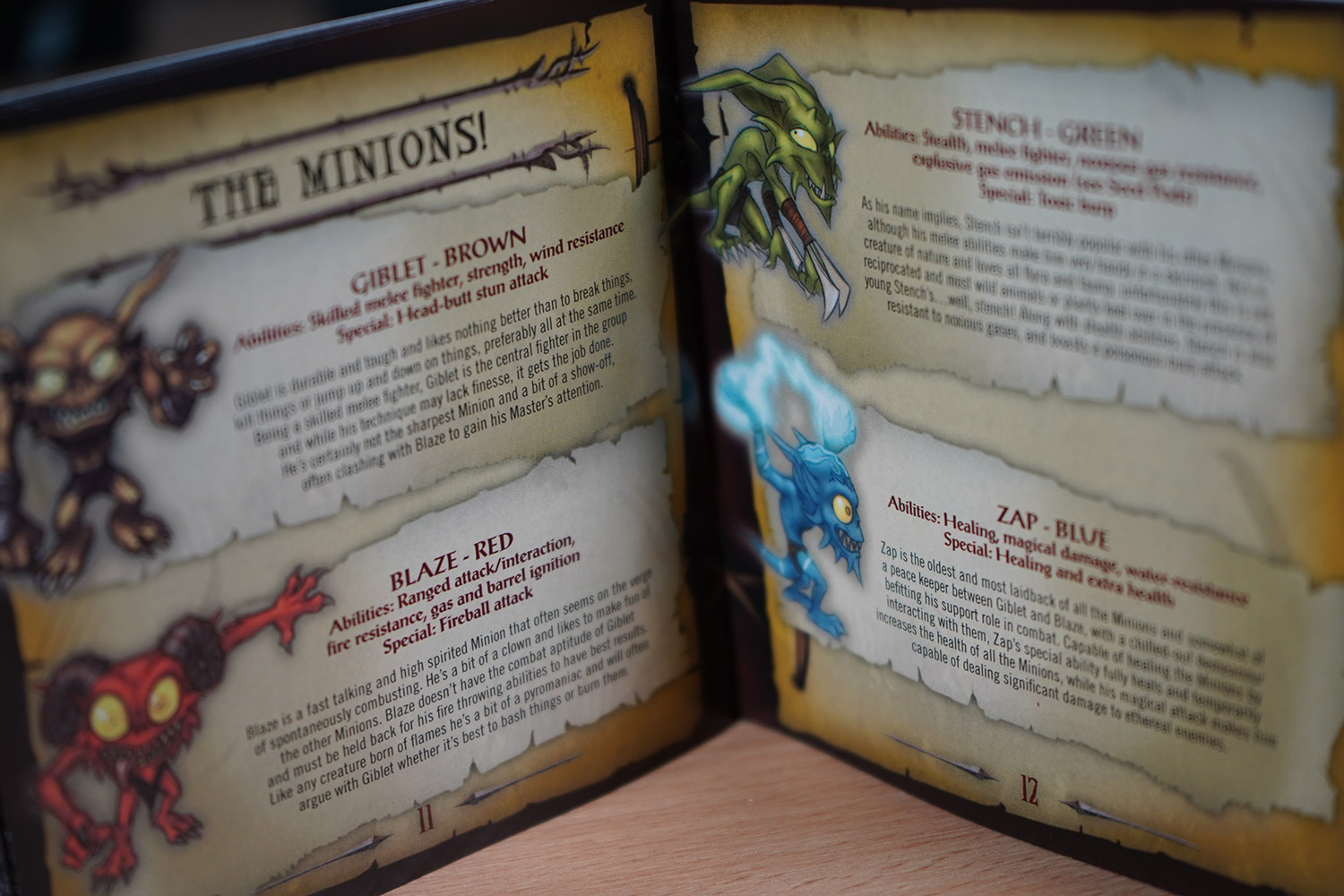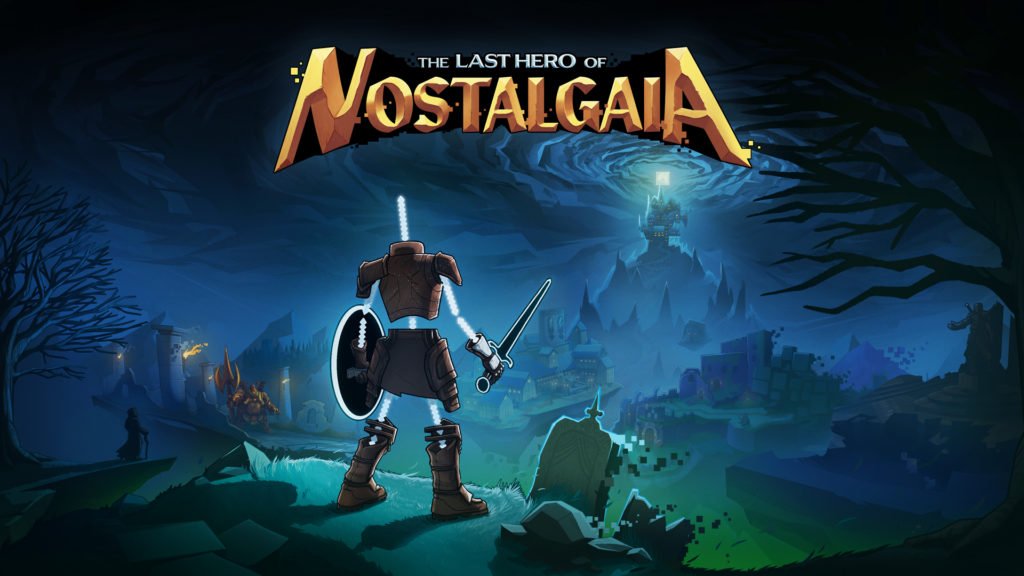The (Not So) Tragic Decline of Instruction Booklets
There’s no cool way to say this, so here goes…
Remember instruction booklets?

Physical ones, made from paper made from trees made from the shattered dreams of our children. You’d open them with your hands and read them with your unenhanced optical sensors.
When I was a kid and I’d just bought the latest inappropriate game from Electronics Boutique, the instruction booklet was a way to tenuously experience it during the bus ride home. When all I wanted to do was plug in the cartridge and explore the awesome world of Turok or Perfect Dark for the first time, the booklet scratched that itch. It introduced the story, gave me the characters, told me the items to watch out for… It let me hit the ground running.
I used to wonder who wrote them. I assumed it was the Manual Writer. Who was presumably mates with the Chocolate Taster and Astronaut.

They hung out with the Rock Legend Dave and Geoff the Movie Star.
But over the years I’ve gleaned some insight into the dark arts of game development. It turns out ‘manual writing’ is less a vocation and more of an albatross.
Before the instructions can be penned, the game must be nearly finished – otherwise, you’re building on sand. All modes, all content, all those definitely-the-last design tweaks. By this time, usually around beta, the publisher’s deadline for that booklet everyone forgot about is suddenly looming and the lead producer’s scrambling to find someone on the project who isn’t drowning in bugs. And so, when a QA tech volunteers, the producer enthusiastically agrees. After all – who knows the game better?
I’ve written five physical booklets in my time: Overlord: Minions, Overlord: Dark Legend, Clive Barker’s Jericho, DJ Hero, and DJ Hero 2. And each one feels like another step along the path to obscurity.
At the top sits the bright and colorful Overlord: Minions.
For a DS game, the Minions manual was huge. It featured screengrabs and concept art, introduced the story, characters and world, threw in some gameplay tips, all while emulating the same mock-menacing tone as the game:
“Constructed from a fruity blend of magic and nature, The Floating Forest sits amidst the giant trees of Illyrium, high and clandestine like a discreetly sneezing giraffe.”
Meet Giblet, Blaze, Stench and Zap on page 12 of 20.
Next, Jericho. Like Minions, there was no content cap, so after a grim (and lengthy) introduction about the twisted machinations of the Firstborn, it described the controls, menus and features before diving into bios for the whole team: Ross, Delgado, Cole, Jones, Black, Church and Rawlings.
Oh, and it called the QTEs ‘Survival Events.’ Adorable.
But at the opposite end of the scale lies DJ Hero 2, only a few years later. In contrast to the eye-popping palette of the game itself, the booklet was monochrome and limited to a tight four and a half pages of instructional text among a further six pages of impenetrable legalese in squint-o-vision. DJ Hero 2 wasn’t the last set of instructions I wrote, but certainly the last physical booklet. Open the box of a new game today and you’ll likely find a photosensitivity warning and an advert for DLC.
So why the decline?
Cost, for one. While a game expected to ship only a few tens of thousands can get away with a glitzy manual, when you need to print three million, even a 3 cents booklet turns into quite the wedge of cheddar.

3 cents x 3 000 000 = visual curio
But perhaps more obvious is the evolution of tech. On-disk manuals are easy for players to access, context-sensitive, and there’s no limit to the amount of information you can include – or update. And of course, digital distribution removes the bus-home-from-the-shop component entirely.
I’m not sad they’re gone. Things go, ask my cat. I’m sad because my nostalgia-addled brain is telling me life was somehow better when I was twelve, confused, penniless and stupid.
Besides, all the content’s still there, it’s just been strategically relocated. Supplementary information like character bios and concept art are now rewards and gameplay incentives. Loading screens drop hints you might otherwise miss. They talk about item information, lore, even throw in some encouragement. And what was once a dry paragraph titled ‘How To Play’ has become a whole on-boarding process, as designers interweave tutorials, story and gameplay so you barely notice your head filling with information.

So here’s to you, the long-lost instruction booklet.
Now I’m off to shout at a cloud.

Jon D - Narrative Designer
A writer from Leamington Spa. Jon’s worked in video games for over twelve years on titles including Guitar Hero Live, DJ Hero and, after joining Coatsink in 2016, the critically acclaimed Augmented Empire.
SUBSCRIBE TO RECEIVE A DRM-FREE COPY OF CHIP
Plus, get access to exclusive news and sneak peeks of games from us and our trusted partners.
Data stored as outlined in our Privacy Policy.






